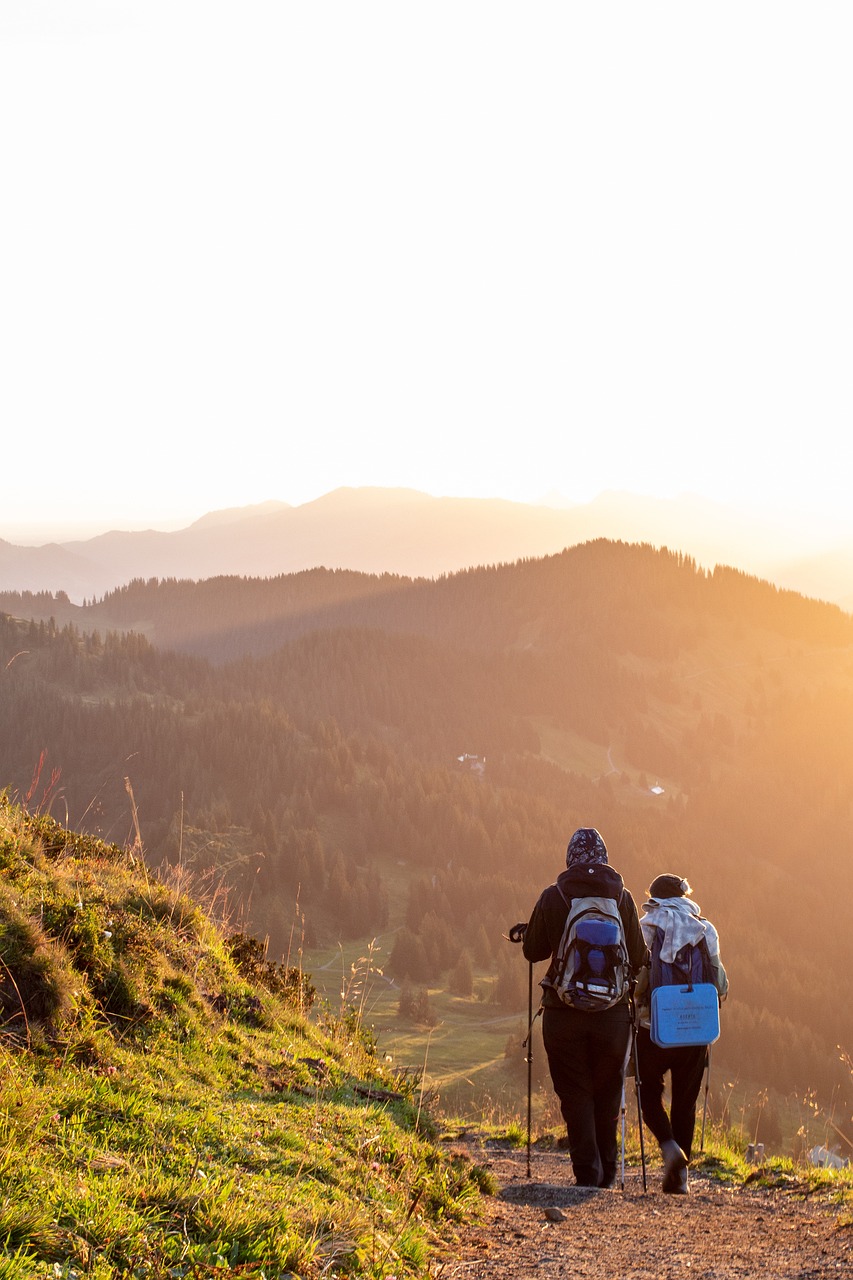Backpacking is one of the most rewarding ways to explore the world, offering adventure, cultural immersion, and breathtaking landscapes. But when your journey takes you across borders, planning and preparation become even more essential. Whether you’re trekking through the Swiss Alps, exploring the Patagonian wilderness, or walking the ancient trails of Japan, international hiking requires knowledge of visas, gear, navigation, and local customs.
If you’re ready to expand your horizons and hike beyond your home country, this guide will help you plan, prepare, and make the most of your international backpacking experience.
1. Choosing the Right Destination
When selecting an international hiking destination, consider factors like climate, difficulty level, cultural experiences, and accessibility.
Top International Hiking Destinations:
🌍 Torres del Paine, Chile – A stunning trek through Patagonia’s mountains, glaciers, and lakes.
🏔 The Dolomites, Italy – A European hiking paradise with dramatic peaks and picturesque villages.
🎌 Kumano Kodo, Japan – A spiritual pilgrimage route through ancient forests and temples.
🇳🇿 Milford Track, New Zealand – A breathtaking journey through fjords, waterfalls, and lush valleys.
🇨🇦 The West Coast Trail, Canada – A rugged coastal hike with wild scenery and challenging terrain.
💡 Pro Tip: Research each destination’s hiking permits, seasonal conditions, and local regulations before booking flights.
2. Preparing Travel Documents & Visas
Before embarking on an international hike, ensure your travel documents are in order:
✅ Passport – Ensure your passport is valid for at least six months beyond your return date.
✅ Visa Requirements – Some countries require a tourist visa, while others offer visa-free entry.
✅ Permits & Entrance Fees – National parks, conservation areas, or protected trails may require permits.
✅ Travel Insurance – Look for plans covering emergency evacuation, trip cancellation, and medical expenses.
💡 Pro Tip: Some remote trails require proof of travel insurance before granting hiking permits.
3. Packing the Right Gear for International Hiking
Packing for an international trek requires a balance of essentials, lightweight gear, and adaptability for varying climates.
Essential Backpacking Gear:
🎒 Backpack – A well-fitted, durable pack (40-65L) suitable for multi-day hikes.
🥾 Hiking Boots or Trail Runners – Choose footwear appropriate for the terrain.
🧥 Layered Clothing – Base layer (moisture-wicking), insulating layer, and waterproof outer shell.
🗺 Navigation Tools – GPS, map, compass, and downloaded offline maps.
🍫 Lightweight Food & Snacks – High-energy options like trail mix, energy bars, and dehydrated meals.
💡 Headlamp & Extra Batteries – Essential for early morning hikes or unexpected delays.
💡 Pro Tip: Rent or buy gas canisters at your destination if flying, as airlines prohibit fuel transport.
4. Understanding Local Hiking Etiquette & Culture
Hiking in a foreign country means respecting local customs, traditions, and Leave No Trace principles.
🔹 Respect Local Wildlife & Plants – Some species may be endangered or protected.
🔹 Follow Trail Markers & Rules – Avoid venturing off designated paths in unfamiliar landscapes.
🔹 Dress Modestly if Required – Some cultures have specific dress codes, even for outdoor activities.
🔹 Greet Fellow Hikers – In many countries, trail culture includes acknowledging other hikers.
🔹 Learn Basic Phrases – Knowing a few words in the local language (e.g., “hello,” “thank you,” “help”) can enhance your experience.
💡 Pro Tip: Research local customs regarding campfires, waste disposal, and wildlife interactions before heading out.
5. Navigating Border Crossings While Hiking
Some long-distance trails cross international borders, requiring careful planning.
🌎 Popular Cross-Border Hiking Trails:
- The Pacific Crest Trail (USA & Canada) – Requires a PCT Long-Distance Permit and a Canada Entry Permit.
- The Camino de Santiago (France & Spain) – No visa required for most travelers within the Schengen Zone.
- The Via Alpina (Multiple European Countries) – Crossing through Switzerland, Austria, and Italy may require different travel documents.
- The Salkantay Trek to Machu Picchu (Peru) – Travelers need a valid passport and an entrance ticket to Machu Picchu.
💡 Pro Tip: Keep a printed and digital copy of your passport, permits, and any border crossing documents.
6. Currency, Connectivity, and Communication
Having access to money, maps, and communication tools can make or break an international hiking trip.
💰 Currency Exchange & Payments – Carry some local cash for remote areas where card payments aren’t accepted.
📡 Offline Maps & GPS – Download maps ahead of time using apps like Gaia GPS, AllTrails, or Maps.me.
📶 SIM Card or International Plan – A local SIM card or an international roaming plan keeps you connected.
📞 Emergency Numbers – Know the local emergency contacts (e.g., 112 in Europe, 911 in North America).
💡 Pro Tip: Bring a power bank for charging your phone and GPS on multi-day treks.
7. Staying Safe While Hiking Internationally
Safety is a top priority when hiking abroad. Here are key precautions to take:
🛑 Check Trail Conditions & Weather – Mountain weather can change rapidly—always be prepared.
🤕 Carry a First-Aid Kit – Include blister care, bandages, pain relievers, and any necessary medications.
🦺 Inform Someone of Your Plans – Let a friend, family member, or park ranger know your itinerary.
🛑 Avoid Drinking Untreated Water – Use a water filter or purification tablets to prevent illness.
🚫 Know the Risks – Research potential dangers like altitude sickness, wildlife encounters, or natural disasters.
💡 Pro Tip: If traveling solo, consider joining a guided hiking tour for added safety and local expertise.
8. Eco-Friendly Hiking: Leave No Trace While Traveling
Being a responsible hiker means leaving minimal impact on the environment.
🌱 Follow Leave No Trace Principles:
- Pack out all trash and avoid single-use plastics.
- Camp only in designated areas to prevent habitat destruction.
- Respect cultural and natural landmarks—leave them as you found them.
💡 Pro Tip: Carry a reusable water bottle and utensils to reduce plastic waste while hiking internationally.
Conclusion: The World Is Your Trail
Backpacking across borders offers a unique opportunity to experience nature, culture, and adventure all in one journey. By preparing properly, respecting local customs, and prioritizing safety, you can make your international hiking experience unforgettable.
🌍 Ready to take your hikes global? Drop a comment with your dream hiking destination, or subscribe for more outdoor travel tips!




Leave a Reply